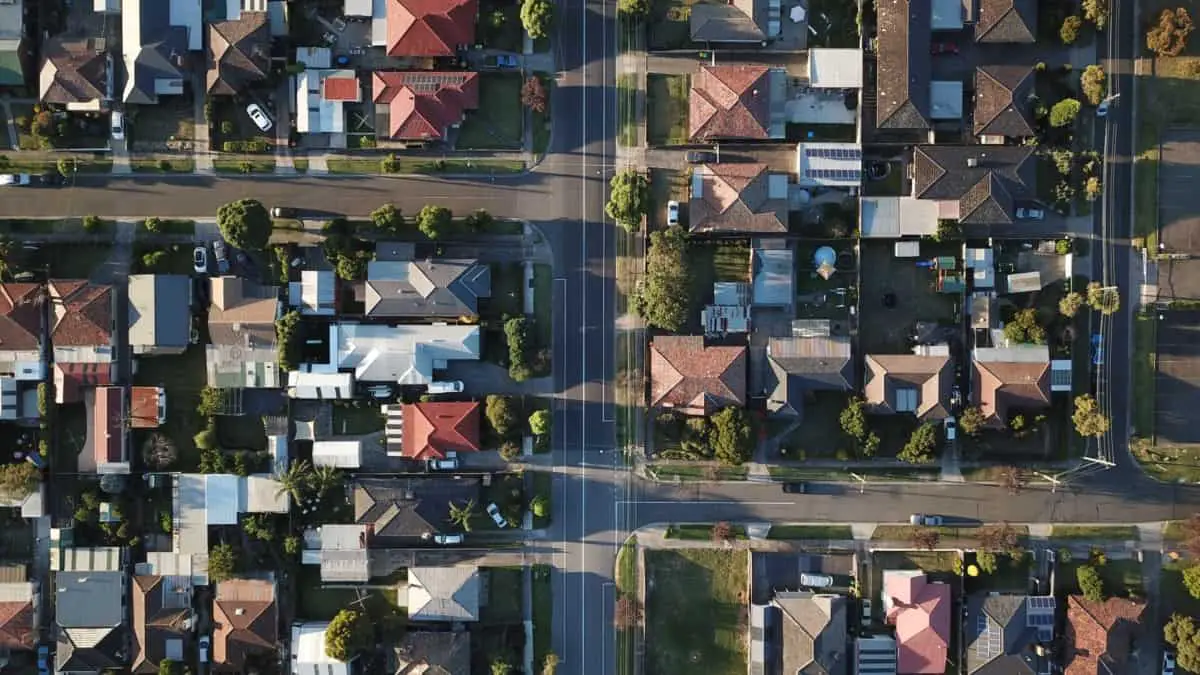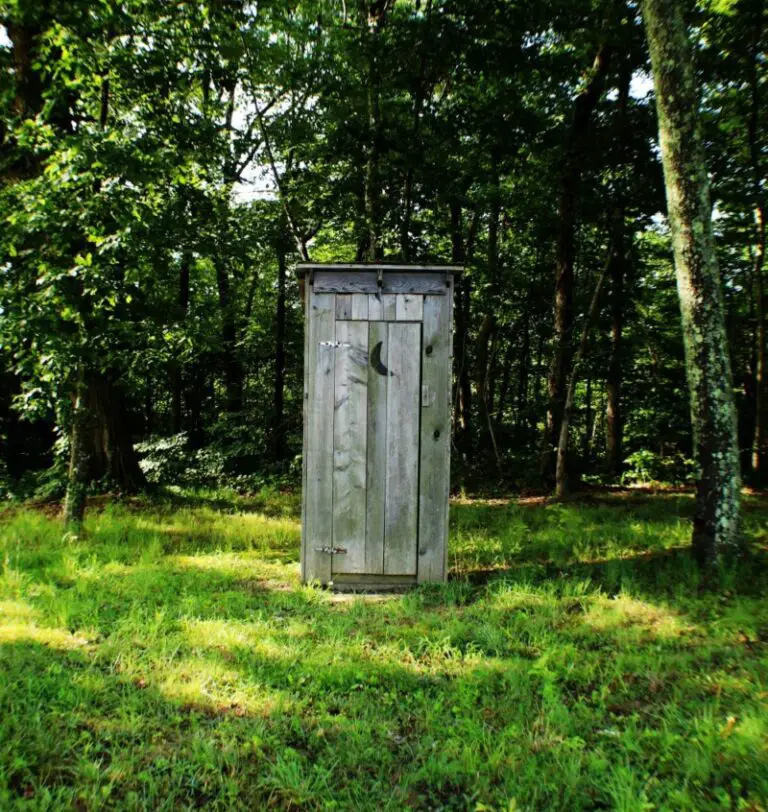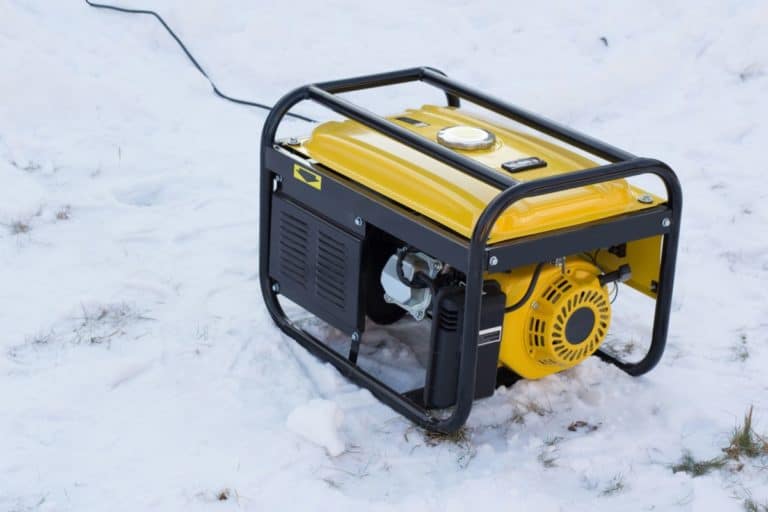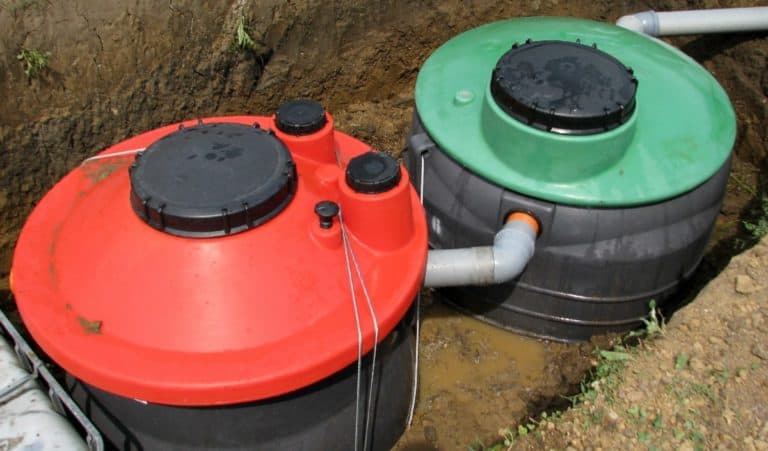Can You Live Off-Grid in the Suburbs?
When I think of going off-grid, I used to imagine a homestead in the middle of nowhere. Now, I know that an off-grid home can be anywhere including suburban areas.
Can you live off-grid in the suburbs? Living off-grid in the suburbs is possible, but zoning restrictions can make it harder to disconnect from all utilities completely. Many suburban off-gridders opt to live partially off-grid and use energy-saving strategies alongside alternative power and water sources to decrease their reliance on the grid.
Investigating the restrictions in your area is a crucial first step to going off-grid in the suburbs. If you want to take your suburban home off-grid, this guide will help you to navigate some of the challenges you may face.
Table of Contents
Why live off-grid in a suburban area?
Off-grid life may not be your first thought as you drive through a suburban area. Still, an off-grid approach to living is becoming more common in all areas, including cities and suburbs.
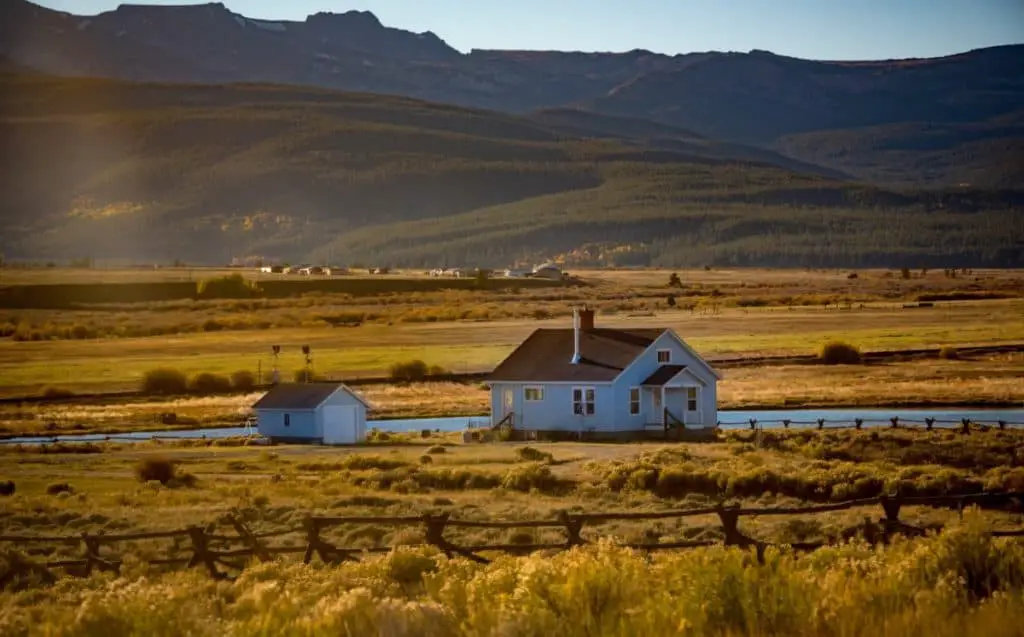
‘Self-sufficiency’ or ‘off-grid’, are usually more associated with isolated rural areas.
However, more and more people choose to disconnect from utilities every year. Some spend years looking for their ideal property, others adapt existing buildings, many buy cabins, and a few build from scratch.
As the popularity of going off-grid has increased, the technology required to run an off-grid home has become more readily available and more affordable. Now, some people are choosing to stay in their existing suburban homes and take them off-grid.
Without the expenditure of buying new land, the process can be more accessible. It also allows families, for whom rural life wouldn’t be practical, to follow their dream and disconnect from utilities.
Related reading: How can I take my home off-grid?
What is it like to live off-grid in the suburbs?
As with any home, off-grid homes in the suburbs can vary from one area to the next. One thing that most of them have in common is that they are nearly perfectly adapted to their surroundings. This means making the most of what resources exist on their property and in their neighborhood.
Some have focused on just replacing city utilities with solar panels, septic tanks, and a water storage cistern. Others aim to be as self-sufficient as possible, and every inch of their yard is devoted to providing food for the family.
The off-grid lifestyle is challenging, and this as much the case in the suburbs as in rural areas. Off-gridders, wherever they live, rise to these challenges, and use incredibly creative approaches to overcome even the most overwhelming obstacles.
What are the advantages of off-grid life in a suburban area?
Day to day life in the suburbs can be vastly different from that in the areas generally associated with off-grid homes. In many ways, being closer to your neighbors can provide several advantages.
Community

With more people around you, it is easier to get support when you need it. Although you can make a community wherever you are, having one that is physically closer to your front door provides more opportunities when you need help in a hurry. Often, isolation can be a challenge in off-grid homes, but in the suburbs, you have a greater chance to overcome it.
Building up a tight-knit community, whether it is of people also off-grid or just those in your area, can be instrumental in helping transition to a new lifestyle. If you’re growing your own food, good relationships with your neighbors can help provide what you need. It’s always a great pleasure of mine to be able to go and visit a friend and take with me some of the extra veg grown from the garden.
Converting a suburban house into an off-grid home usually requires several tasks that can be made more accessible when you have a group of people you can call on. All tasks go quicker and become much more pleasant when they become a social gathering.
Local resources
In suburban areas, you have the opportunity to use public transport and other public services to reduce your costs. Many of the things you need may be either within walking distance or at the end of a short bus journey.
Going off-grid successfully doesn’t come down to the large expenditures, its often more dependent on the smaller things. When in the suburbs, you may have more opportunities to make lots of little savings in time and money. It’s likely that for any materials or supplies you might need, you won’t need to pay extra for delivery or for fuel to fill up the pickup to go and collect it.
You’re also more likely to find the right professional to help you with the jobs you don’t yet have the skills for. If you’re looking for plumbers, electricians, or for someone to install your solar panels, you’ll likely have several options and be able to find the best price.
More opportunity to go on courses and learn new skills
When you go off-grid, money can be saved by taking on as many of the tasks as you can yourself. However, some have a high level of difficulty or require specialist equipment. In built-up areas, you may be able to find courses, night school, or even a one to one tutor to help you learn new skills.
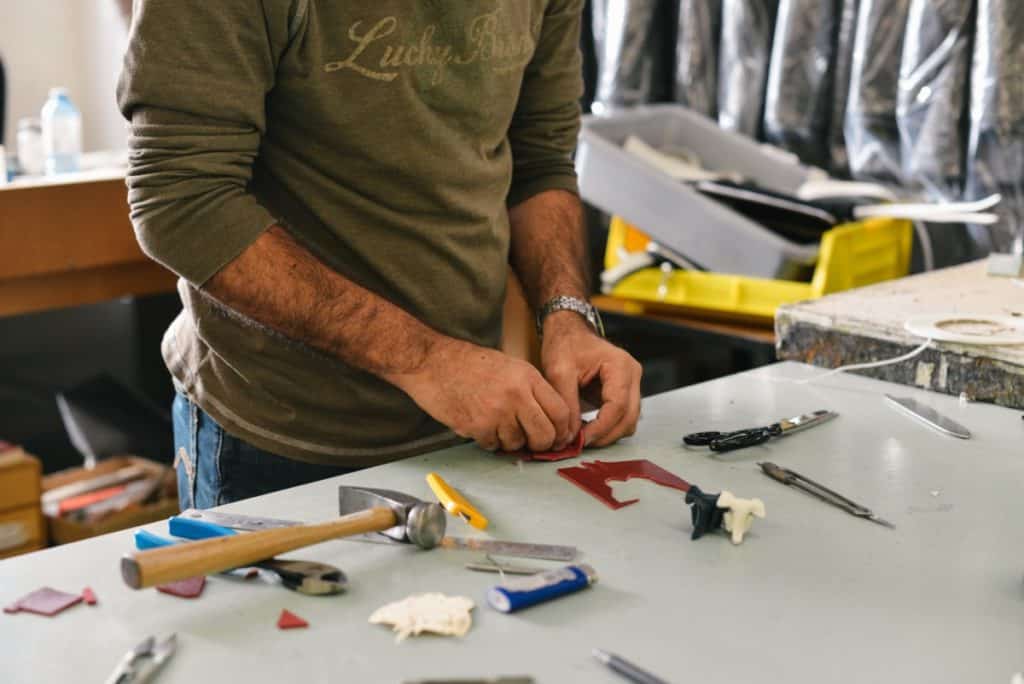
Aim to achieve a good level of understanding in something that you might use often. If it’s also a skill that’s in demand like electrician or plumbing, you may be able to support others in your community too. This way, learning one skill may help you get a wide range of work done on your home. Help your neighbors out, and they may offer to help you with skills of their own.
What are the challenges of going off-grid in the suburbs?
Going off-grid has many challenges no matter where you choose to do it, but there are a few that are particularly an issue in the suburbs:
Zoning and building restrictions
This is one of the main reasons why many people try to move into a rural area before going off-grid. In some areas, regulations can prevent you from legally making changes to your power and water supply.
Some city authorities have specific requirements for a home to be considered as livable. This can be mains sewerage and being connected to water and power utilities.
Zoning restrictions are designed to maintain the health, safety, and financial interests of residents. They set out standards for the size and structure of buildings. To maintain property values, local areas are split into ‘zones’. Each zone has its own set of restrictions specific to the properties in that location.
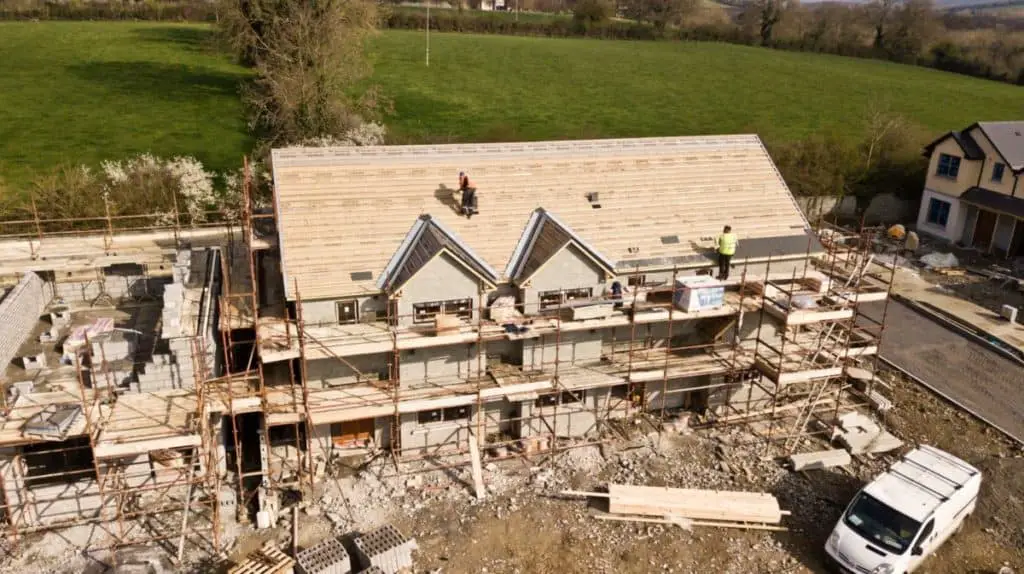
Because they apply to specific locations, zoning restrictions can vary widely from one area to the next. You may find them anywhere, but it’s more likely that in suburban areas, they may include requirements that prevent you from enacting some of your plans.
Building codes were adopted in the late 1800s as a way to ensure safety and general wellbeing. They set out requirements regarding the construction and maintenance of buildings. Like zoning restrictions, they are adopted in different areas so they can vary from place to place. Now some model codes can be adopted to prevent them from differing too much.
They can include anything from fire safety to energy supply and sewerage. If building codes cover something, it must be met by the architect’s plans submitted for planning permission when a structure is built. Then the work carried out by builders is inspected before it can be approved. If you want to make changes to your existing home, this can still affect you because in most areas, new developments and alterations require planning permission and inspection.
Challenging the regulations – It’s essential to know if either of these affects you before you make any changes. If you do find that your plans to go off-grid are restricted, seek legal advice because some situations can be challenged.
Because codes and restrictions vary, in some cases, there may be state or federal precedent to overturn them. Or you may be able to find examples elsewhere, where these rules have been disapplied. Whatever the situation, the more you know, the better equipped you will be to fight it.
Enough land to grow food
In suburban areas, while you may have an adequate lawn, when it comes to growing enough food for your family, it may not seem enough. As a side note, you may be interested in reading: How much land do you need to be self-sufficient?
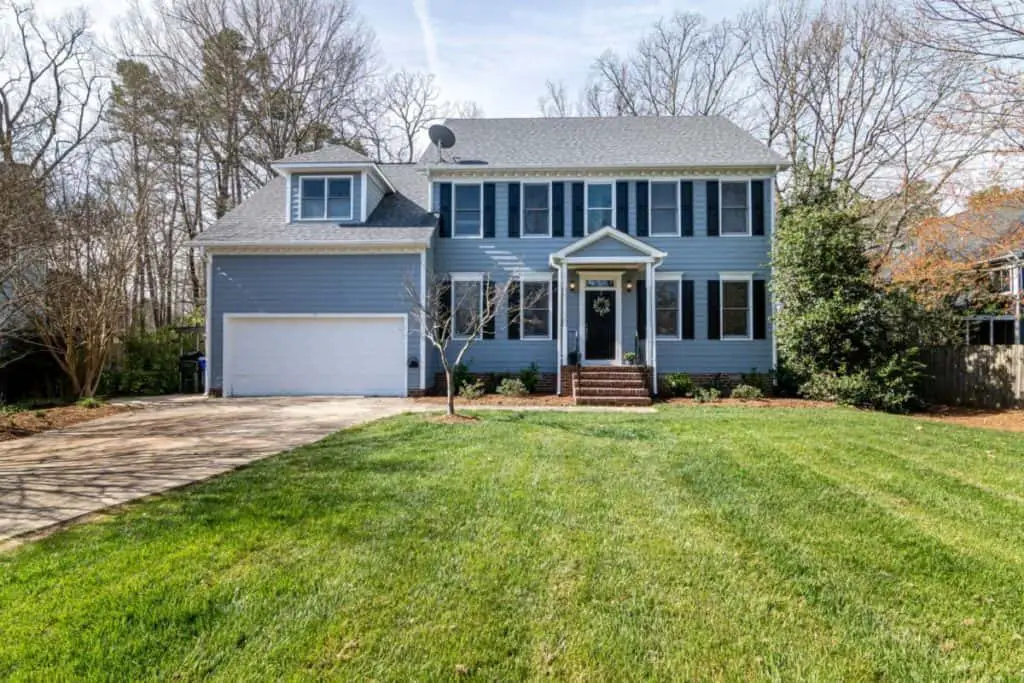
According to Home Advisor, the average lawn size in the US is 10,871 square feet. This is roughly half an acre but it is vastly different from one state to the next. In areas with a higher population density, the average lawn size is smaller, so your suburban off-grid home will likely have considerably less than a quarter of an acre.
Get creative – Having restricted space can be incredibly challenging for an off-gridder, but it’s not a new problem. People have been coming up with creative ways to get the most from a small lot for centuries. Luckily, small spaces tend to bring out people’s creative side.
There are several useful approaches like mixed vegetable gardening and urban homesteading, which teach you to get the most of small spaces. This issue will undoubtedly require you to give your strategy some serious thought, but there are families out there, making some of the tiniest spaces work for them.
Observe your land – In small spaces, you will need everything to work for you to produce abundant harvests. One way to massively improve the possibility of this is to observe and investigate the ground and climate of your lot and others in your locality. If you can use your observations to use plants that thrive in your environment, you can increase productivity in small spaces.
If you find that your yard is an inhospitable environment, it is worth spending the time to see how you can get around it. Can you improve the soil, can you grow veg in pots, planters or hanging baskets?
Water supply
Depending on your location, the size of your property, and local restrictions, you may find any power, water, or sewerage supply challenging. However, the one that can be the most challenging in a suburban area is water. The ultimate way to get an off-grid water supply is to drill a well. With the right equipment and expertise, wells can be drilled in most areas. By drilling deep enough, you are likely to be able to source fresh water to be used in your home.
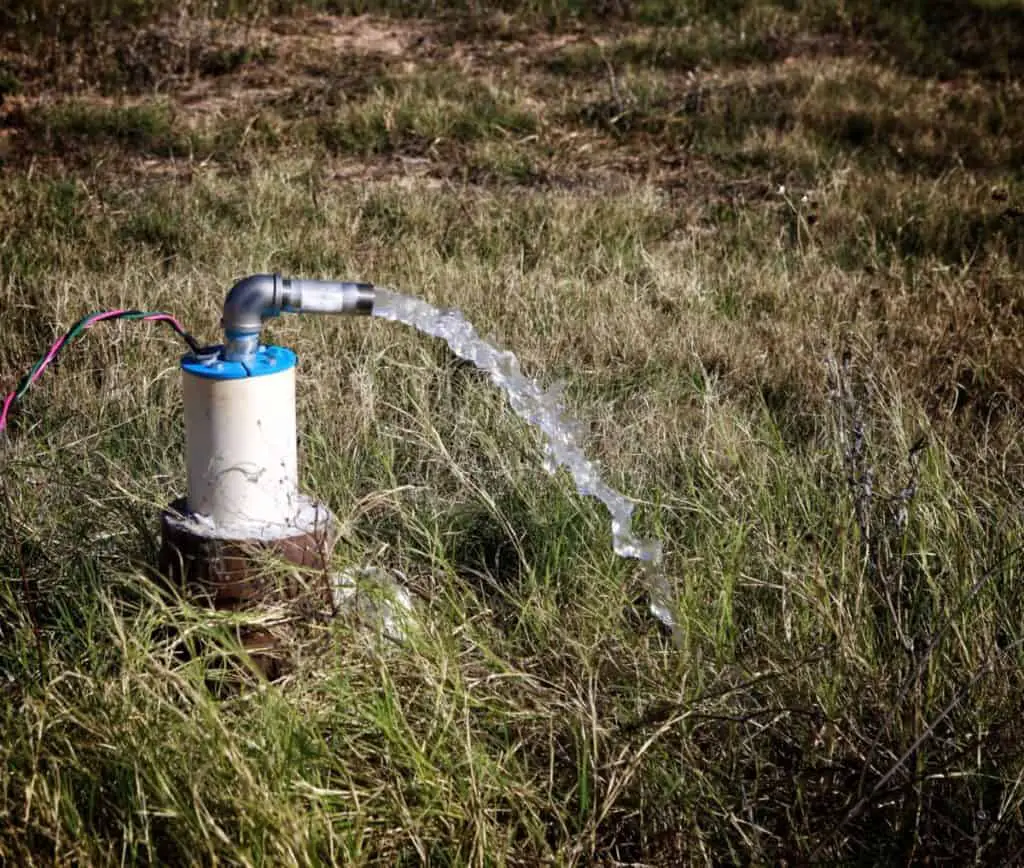
However, unless you have an existing well on your property or a water source very close to the surface, you will likely need to employ specialists to drill it for you. To do this, they will need to bring a drilling rig which is likely to be mounted on a large truck. In theory, you could drill a well even in the tiniest of yards, but the real barrier is access.
If you can’t get the rig to the well site, it’s not going to happen. It’s also likely that permits may be required for the process, and in some cases, you may even face a charge for the amount of water you draw from the well.
Because of the cost of installation, the time taken and zoning issues, many people turn to rainwater to supply their needs.
I recently wrote an article on off-grid water supply that you may find useful: How to get an off-grid water supply without a well.
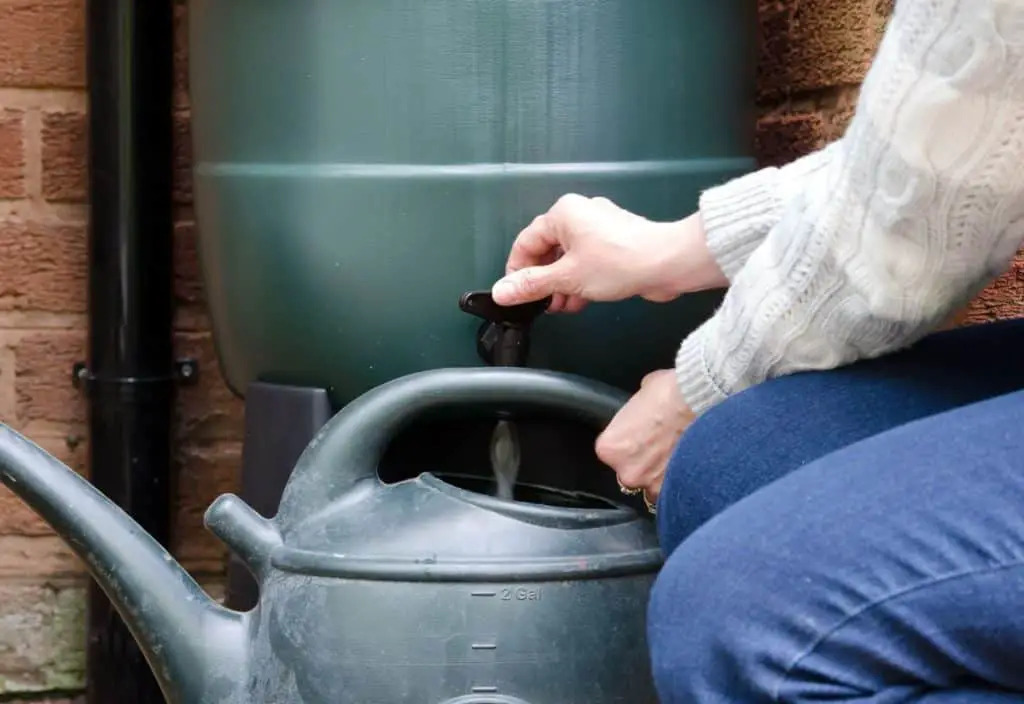
Rain can be an incredible source of water, but it can be tricky to harvest enough, especially if space is tight. If you had the average amount of roof area in the US, which is 1,700 square feet, and had the average rainfall over a year, you would be able to collect 59,126 gallons of it. Unfortunately, the average American home uses 109,500gallons a year.
This means that either you will need to supplement your supply from another source, or you must increase your collection area. If you have enough space, you can use tarps or purpose-built frames, but again they take up lots of space. On top of this, you will need enough storage to keep enough water and a system to filter, purify it, and get it into your taps.
In addition, in some areas rainwater collection may also be controlled by regulations. These issues are not impossible as there are people who achieve it, but, as with many things in the life of a suburban off-gridder, it requires creative thinking.
What strategies are used to live off-grid in the suburbs?
Despite the challenges, going off-grid in the suburbs is achieved by more and more people each year. The key to success is determination, once you set your mind to going off-grid, keep going, and look for ways around each setback.
The more you do this, the closer you will come to your goal. While everyone achieves their desired lifestyle in different ways, there are a few common methods that may be useful:
Living partially off-grid
This is the most common option taken by suburban off-gridders. It looks different in different homes, but this is when you choose which parts of the off-grid life you want to adopt and which points you don’t. In many cases, it depends on what is permitted by zoning restrictions, finances, or space.
To achieve this successfully, it’s essential to know what off-grid means to you and which aspects you feel are the most important. If you find that in your current home you won’t be able to achieve the minimum steps toward your idea of off-grid living, it may be worth considering moving to a different area.
However, if you decide to stay where you are, several different options are open to you. Whatever your situation, it’s often worthwhile trying to meet some of each of your power, water, sewerage, and food needs in an off-grid manner.
Electric – Even if you are required to stay connected to the electric utility, you may be able to install a grid-tied solar system. This will allow you to provide most of your own power while still being able to draw some from the grid if necessary.
Checkout my recommendations for the best solar power equipment.
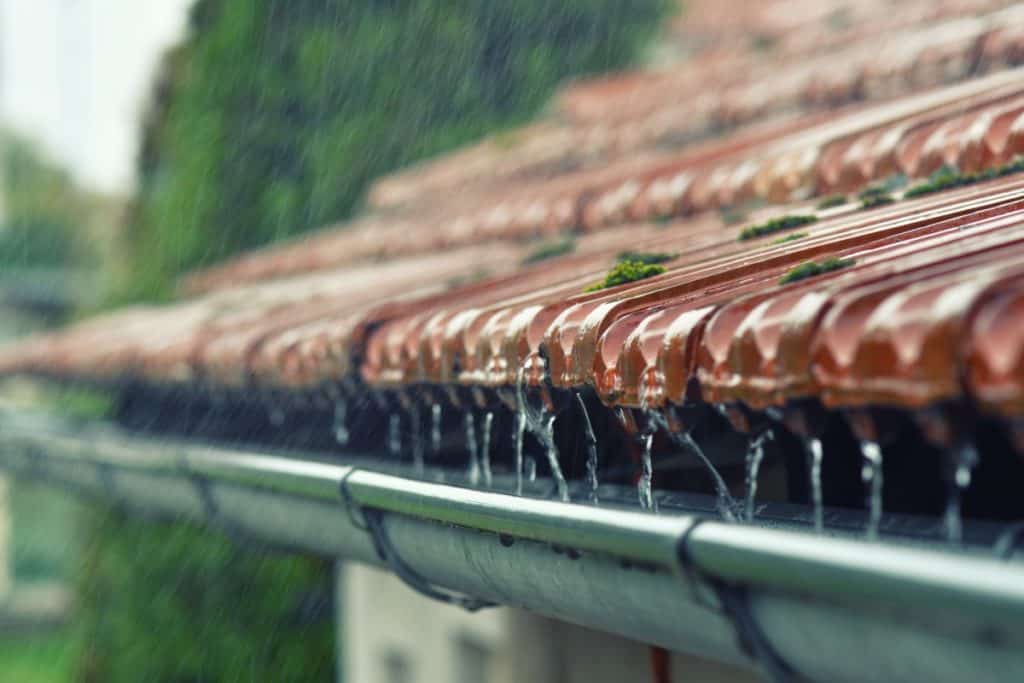
Water – The same can be done with water. As water is likely to run through your gutters and downpipes anyway, unless restricted, you may as well collect it. You can use city water for most of your needs but supplement it with rainwater to reduce your bill, where possible.
Read my recommendations for best water supply and plumbing equipment.
Food – No matter how small your yard or even if you don’t have one, you’re likely to be able to fit a planter or window box on a ledge, balcony, or roof. Just growing a few plants will make a small difference to your food bill.
Waste – When it comes to sewerage, in the suburbs, you’re likely to find stricter regulations. Your options may be to stay connected to the mains sewerage system or install a septic tank. If you’re unable to carry out your preferred choice could you explore other ways?
For example, you could reduce the load on your mains sewerage with an extra compost toilet. They’re incredibly simple to make, or you can buy premade units from companies like nature’s head (check the price of these self-contained composting toilets on eBay).
The beauty of this choice is that you could keep your existing system but have additional composting toilets to minimize your use of the mains sewerage. This way of introducing an off-grid strategy while staying connected can have a considerable impact on your utility bills and may allow you to keep on the right side of zoning restrictions.
As with any developments or changes to your home, double-check to ensure that these partial strategies won’t cause you to breach any regulations. Even if your goal is to disconnect from the grid completely, this partial strategy is a great way to transition your home to off-grid living. It allows you to get used to the changes and see how effective they are before you completely cut ties with any utilities.
Related reading: The complete guide to wastewater management.
Urban homesteading
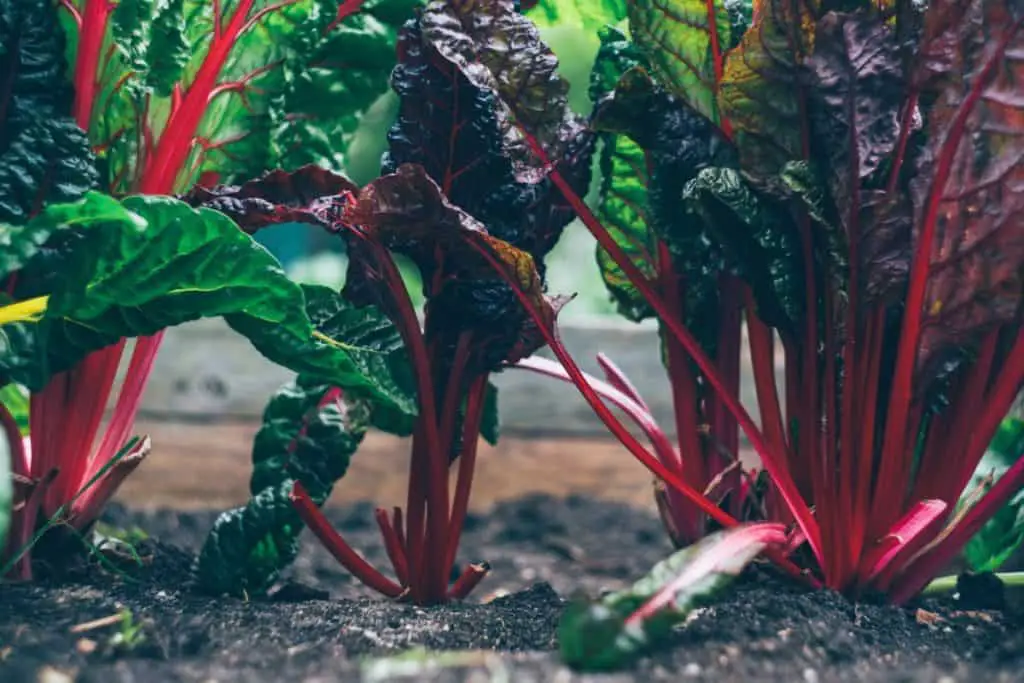
Urban homesteading, as it sounds, is ideal for urban or suburban environments. This is an approach to producing more of what you need from small areas of land. Not just food, but other useful materials and necessities as well.
Through a combination of creativity and traditional methods, this strategy achieves abundant harvests from small spaces. Because urban homesteading relies on you responding to the land you have available, it can look completely different from one property to the next. However, the principles remain the same:
1. Grow whatever you can
As much space as possible should be optimized for growing food. Any ornamental areas should be converted to vegetable beds. Pots and planters can be added if necessary to increase your growing capacity. Many urban homesteaders even find ways to stack or grow plants vertically.
The creative, outside of the box, aspect of this method is what will take your production to the next level. To know what to grow, you will need to look carefully at what your garden will support and what you use throughout the year. You may need to adapt your diet to incorporate some foods that are easier to produce.
I recommend Gardener’s Supply Company for any extra equipment or information you might need. SeedsNow is a great place to visit for all your vegetable seeds and NatureHills has you covered for plants and fruit trees.
2. Keep chickens and bees
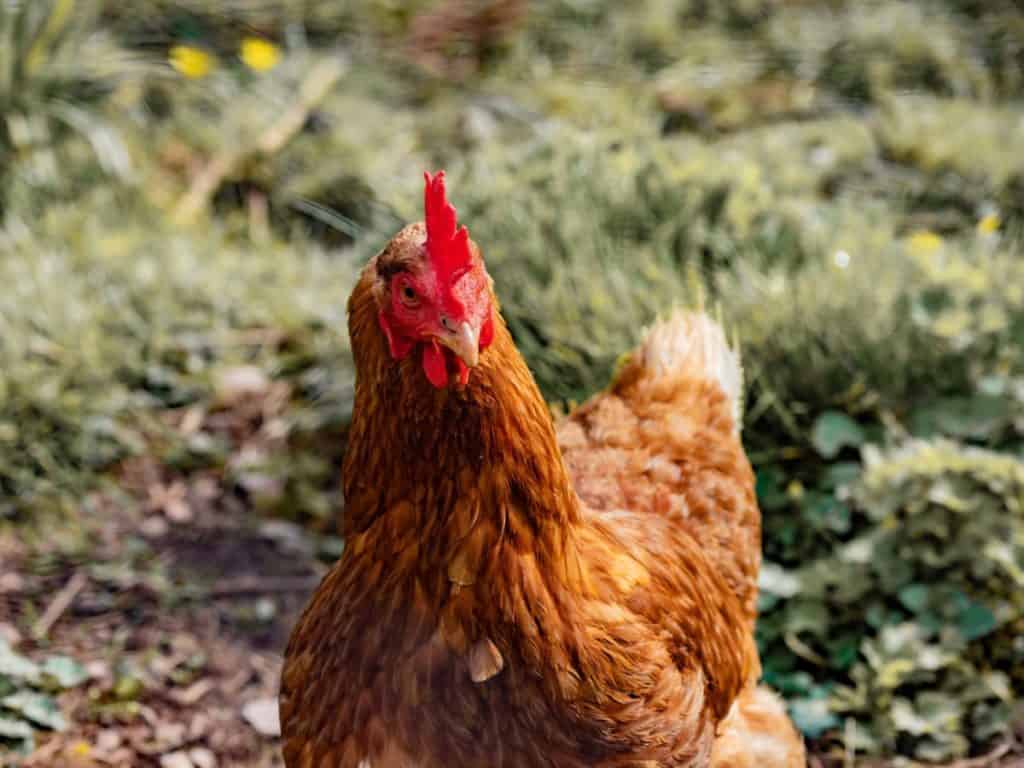
Chickens and bees will produce eggs and honey but also provide other useful functions. A small flock of chickens has incredible earth moving potential, and simple wood and chickenwire frame can be turned into a chicken tractor to direct their attention. Placing your chickens over a vegetable bed that’s just been harvested will save you the effort of weeding and turning the soil.
Bees will pollinate plants as well as adding sweetness to your meals. You may think that bees need large amounts of space, but creative developments and placing of hives means that they can be installed into even small areas.
Related reading: How to keep chickens.
3. Reuse, repair and recycle
Urban homesteading is focused on sustainability and uses many techniques to help you attain greater self-sufficiency. Storing rainwater and creating your own compost are often used in urban homesteads. If you can produce something that can have several uses or be added back to the soil, all the better. Collecting food waste and chicken manure will provide an incredible compost that can enrich your soil and improve your harvest.
These principles are designed to be applied with flexibility. You may not be able to use all of these ideas in the space that you have available, but they may also allow you to evaluate what you do have and take steps to maximize its potential.
Related reading: How much land do you need to be self-sufficient?
Do these ideas work in an urban environment too?
All the challenges and strategies discussed here can also be applied to an urban environment. It may seem unbelievable to consider off-grid life in a city, but it’s happening in more and more urban areas.
People are taking creative, flexible approaches and finding ways of doing incredible things with the tightest of spaces. They are also finding ways to achieve their goals while remaining within building and zoning restrictions. It requires determination and a lot of hard work, but it is possible.
Conclusion
An off-grid home in the suburbs may not have the wide-open spaces you imagine when you think of when you think off-grid. But, if you can’t afford your dream rural plot of land, adapting your existing suburban house is an excellent way of achieving your goals and honing your skills.
If you have minimal space, time, or money, you can still move some of the way towards a more sustainable off-grid future. You will likely have to compromise, change plans, and even stay tied to some utilities, but you will be amazed at what can be achieved in the suburbs.
Check out my recommendations for equipment that will help you take your home off-grid.
My Off-Grid Product Recommendations
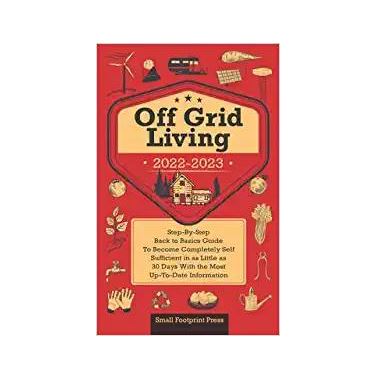
Useful Book: Off Grid Living 2022-2021 – This incredible step by step guide is a great read and gives you useful information about reaching self-sufficiency in just 30 days. Get the paperback on Amazon or read it free with a Kindle Unlimited subscription or listen to the audio version with Audible Plus membership.
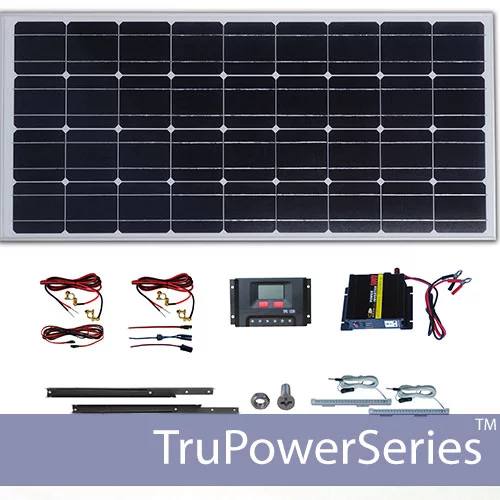
Small Solar Panel Systems: Silicon Solar – This is an excellent company that offers lots of products to get you started on your solar journey. Visit Silicon Solar.
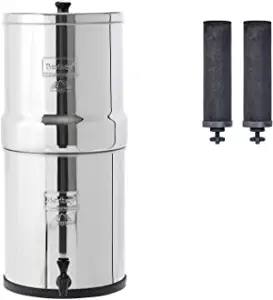
Family Water Filter: Big Berkey – For a fast, affordable water filter with no plumbing required, you can’t beat a Big Berkey gravity-fed filter like this one from Amazon.
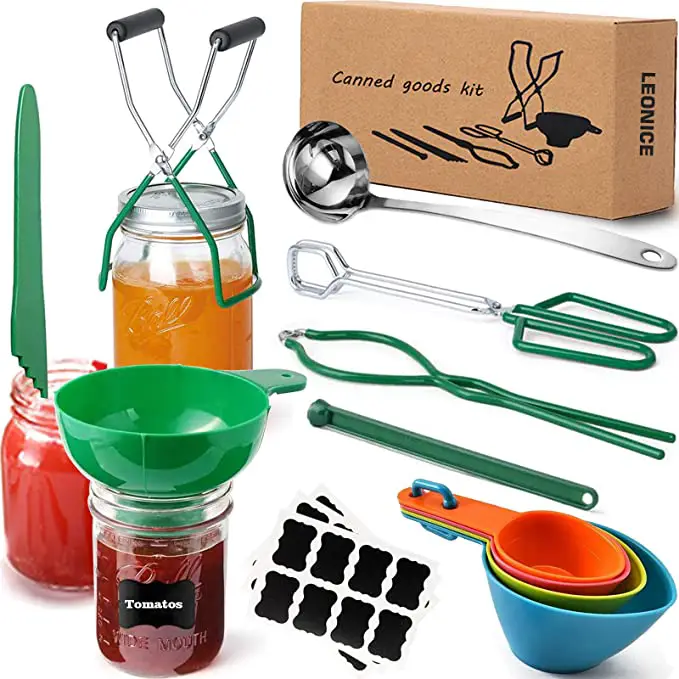
Canning Equipment – This canning starter kit, 22-quart Barton pressure canner and twelve-pack of Ball 16oz mason jars will help you preserve food as you work towards self-sufficiency.
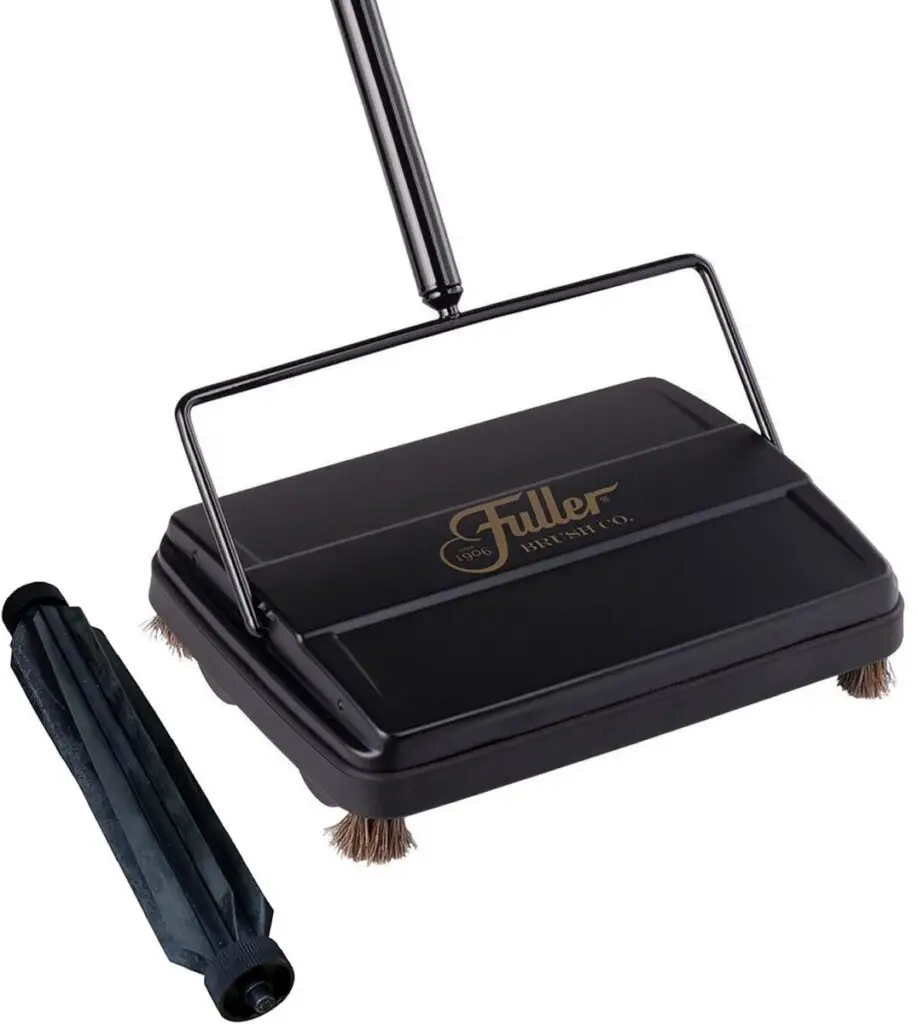
Cleaning: Fuller Carpet Sweeper –. This carpet sweeper is an ideal way to keep your home clean without using up your energy stores on vacuuming.

Handy Knife: Gerber Serrated Paraframe – This handy all-purpose knife is lightweight and ideal for all those little jobs around your home and garden.
